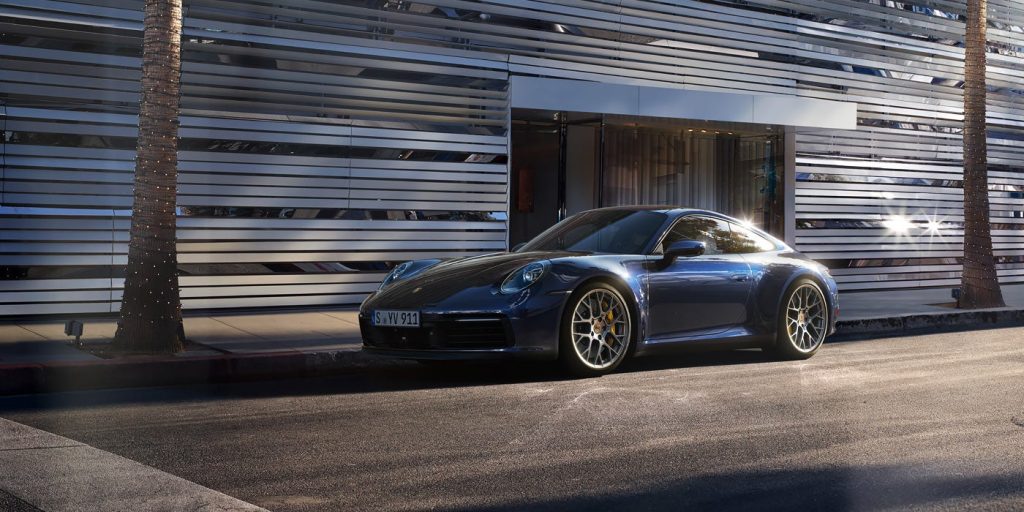
Wheel alignment is an essential part of maintaining your Porsche’s safety and performance. Proper alignment performed by the certified technicians at your Porsche Center will guarantee even tire wear, proper steering, enhanced handling, and improved fuel efficiency. Below are the symptoms of misalignment and the solutions for correcting the problem.
The Importance of Wheel Alignment on a Porsche – Symptoms and Solutions From Your Porsche Center
What Is Alignment?
Alignment involves mechanically adjusting your Porsche’s suspension system to ensure your tires correctly make contact with the road surface. Proper alignment of the wheels ensures your tires wear evenly, reduces vibrations, and improves your vehicle’s handling performance, providing a comfortable and safe driving experience.
The Symptoms of Misalignment
When you look at your Porsche, the wheels should be straight. If the wheels visibly appear to be at odd angles, either too inward or outward, it could indicate that they are misaligned. Wheels that are not aligned will cause various issues, including drifting to the left or right, an off-center steering wheel, and rapid and uneven tire tread wear, affecting your ride comfort, safety, and fuel consumption.
If the wheels are out of alignment, rolling resistance between the tire and the road surface will cause your Porsche’s engine to work harder to move your vehicle forward, increasing your Porsche’s fuel consumption. Rolling resistance also causes the tires to wear unevenly. Uneven tire tread wear will also produce road noise and vibration you will feel through your vehicle’s steering wheel.
The Solutions
To enjoy every mile behind the wheel of your Porsche, we strongly recommend having your wheels aligned if you hit a curb or pothole, when you notice camber or toe wear, or once every two years to ensure a comfortable and safe driving experience.
Camber
The camber is the angle of the wheels. When viewed from the front, an adjustment is required if the wheels tilt too inward or outward. There are two types of camber: negative or positive camber, depending on the direction of the tilt. The correct camber angle is crucial for safe cornering and to prevent tire wear along the inside or outside edge.
Toe
The toe alignment is the angle at which the wheels point when viewed from above. Both toe-in and toe-out alignments need adjustment. Toe alignment issues significantly increase tread wear.
Caster
The caster angle is vital for maintaining proper steering, stability, and cornering. A positive caster indicates the steering axis tilts toward the driver, while a negative caster means the steering axis tilts toward the front of your car. Caster issues could cause your steering to be less responsive and loose.
If your Porsche shows symptoms of misalignment, stop at Porsche Monmouth in West Long Branch, NJ, today.
